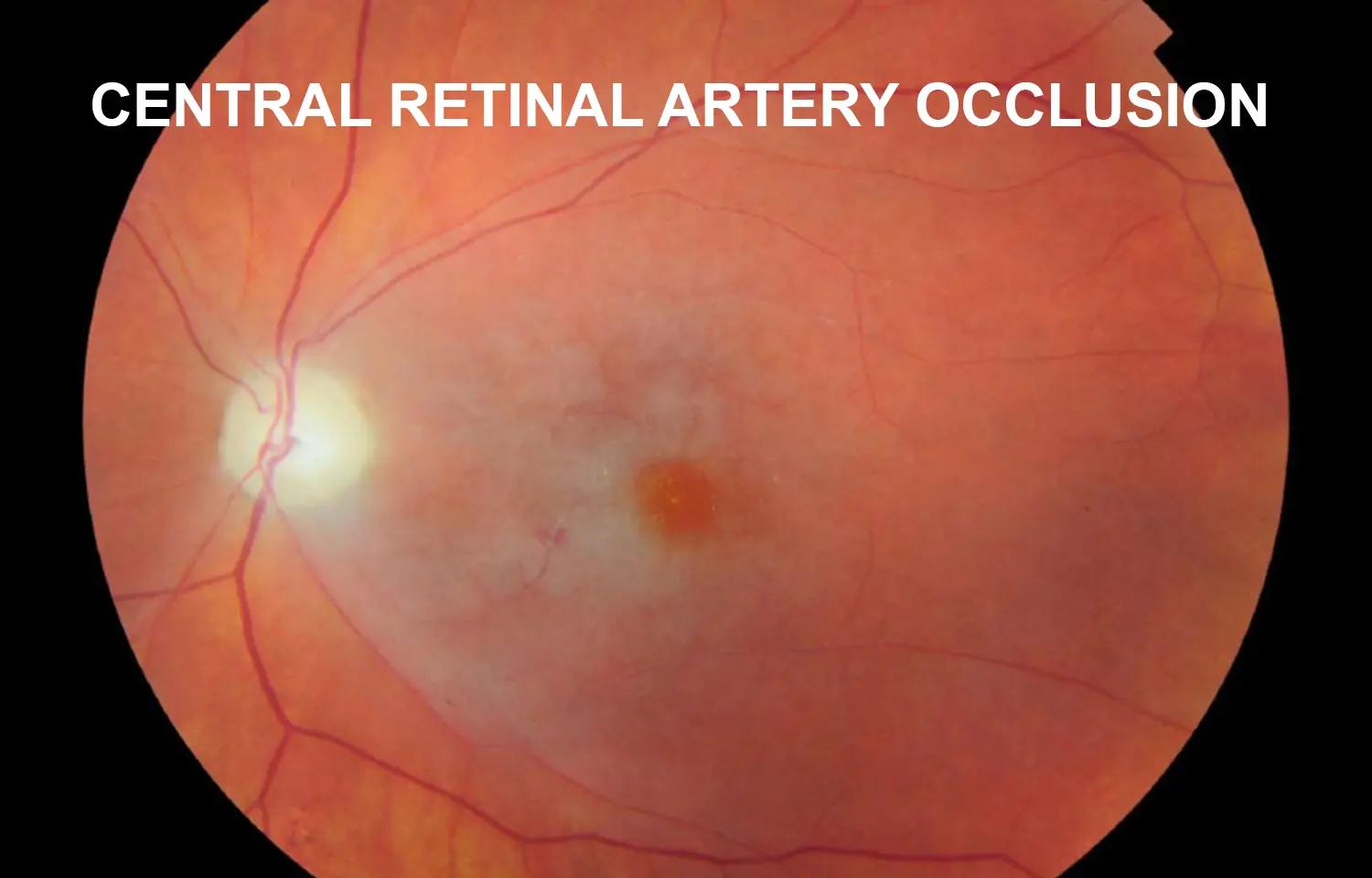Intravenous Thrombolysis Feasible Proposition For Central Retinal Artery Occlusion
- byDoctor News Daily Team
- 05 July, 2025
- 0 Comments
- 0 Mins

In a groundbreaking study conducted at a comprehensive stroke center, researchers have demonstrated the feasibility and safety of an emergency treatment protocol utilizing intravenous thrombolysis (IVT) for patients suffering from Central Retinal Artery Occlusion (CRAO). The study, conducted over a span of four years, sheds light on using Intravenous thrombolysis as a potential breakthrough in addressing acute vision loss due to retinal strokes.
The study results were published in the Journal of Stroke and Cerebrovascular Diseases.
Also Read: AHA issues new scientific statement on the diagnosis and management of cerebral venous thrombosis
Acute Central Retinal Artery Occlusion (CRAO), an ischemic stroke causing sudden blindness, has a low functional visual recovery rate. Despite lacking established therapies, recent suggestions propose intravenous thrombolysis (IVT) after a risk-benefit discussion. While randomized trials are scarce, observational studies hint at potential benefits. Hence researchers conducted a study examining time to presentation, triage, eligibility rates, and potential risks associated with IVT in acute CRAO at a comprehensive stroke center.
The retrospective, observational cohort study included 36 patients with acute CRAO, emphasizing the need for urgent intervention. The patients, with a mean age of 70.7 years and a balanced gender distribution (52% female), were evaluated based on specific criteria. IVT was offered to those presenting with acute vision loss of ≤ 20/200 in the affected eye, after ruling out alternative causes through a comprehensive ophthalmologic exam. The criteria for IVT closely resembled those used for acute ischemic strokes, underscoring the urgency of intervention.
Findings: ·
One of the key findings of the study highlighted the temporal aspect of patient presentations. ·
Patients within the crucial 4.5-hour window from symptom onset were more likely to directly present to the emergency department (66.6% vs. 37.1%, p = 0.1). ·
However, only 25% of the patients fell within this time frame, indicating the need for heightened efforts in rapid triage to emergency departments for potential IVT candidates. ·
Of the eligible patients, an encouraging 77% received IVT, demonstrating a high rate of treatment success. ·
Remarkably, there were no reported instances of symptomatic intracranial hemorrhage (sICH) or extracranial hemorrhage, indicating the safety and efficacy of the IVT protocol for CRAO.
Also Read: Potassium-enriched salt is missing ingredient in hypertension guidelines
While the study represents a significant step forward in addressing retinal strokes, it also underscores the importance of continued educational initiatives. The fact that 75% of patients presented outside the 4.5-hour treatment window emphasizes the need for enhanced awareness and education to facilitate prompt triage to emergency departments. This breakthrough offers new possibilities for the field of ophthalmology and stroke management, providing a potential lifeline for those experiencing retinal strokes. As the research continues to evolve, the study serves as a beacon of hope, encouraging further exploration and refinement of emergency treatment protocols for retinal artery occlusions.
Further reading: IV Thrombolysis for Central retinal artery occlusion – real-world experience from a Comprehensive Stroke Center. https://doi.org/10.1016/j.jstrokecerebrovasdis.2024.107610
Disclaimer: This website is designed for healthcare professionals and serves solely for informational purposes.
The content provided should not be interpreted as medical advice, diagnosis, treatment recommendations, prescriptions, or endorsements of specific medical practices. It is not a replacement for professional medical consultation or the expertise of a licensed healthcare provider.
Given the ever-evolving nature of medical science, we strive to keep our information accurate and up to date. However, we do not guarantee the completeness or accuracy of the content.
If you come across any inconsistencies, please reach out to us at
admin@doctornewsdaily.com.
We do not support or endorse medical opinions, treatments, or recommendations that contradict the advice of qualified healthcare professionals.
By using this website, you agree to our
Terms of Use,
Privacy Policy, and
Advertisement Policy.
For further details, please review our
Full Disclaimer.
Recent News
What Your Neck Size Says About Your Heart Health?...
- 04 November, 2025
EVOQUE TTVR Delivers Promising Real-World Results:...
- 04 November, 2025
Influenza Vaccination Reduces Mortality and Readmi...
- 04 November, 2025
Daily Newsletter
Get all the top stories from Blogs to keep track.


0 Comments
Post a comment
No comments yet. Be the first to comment!